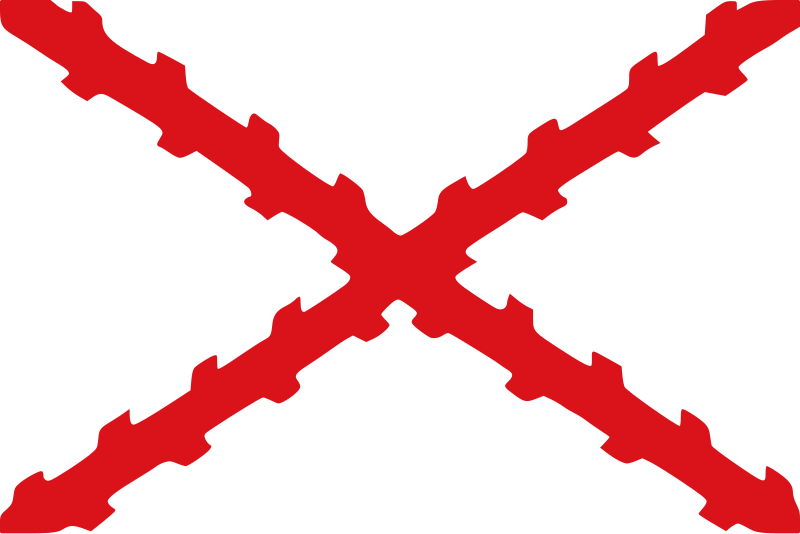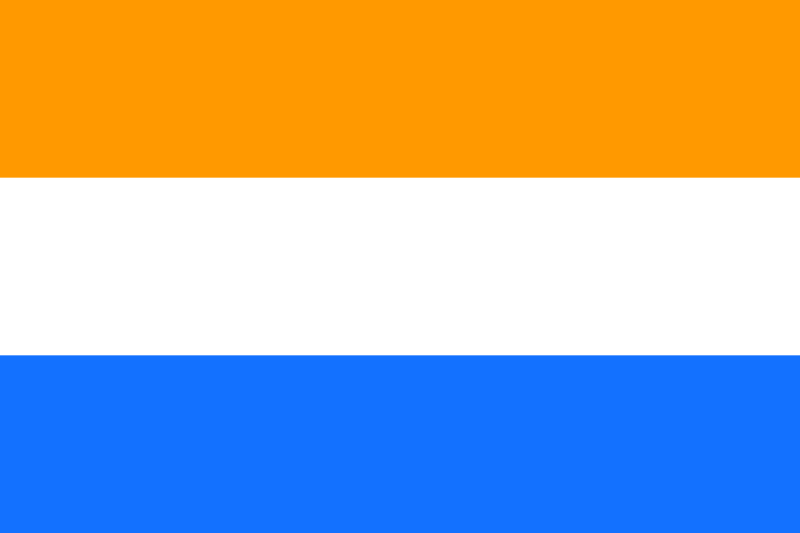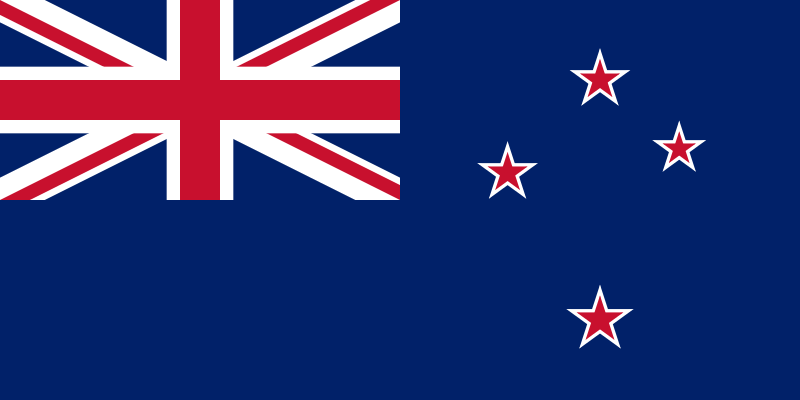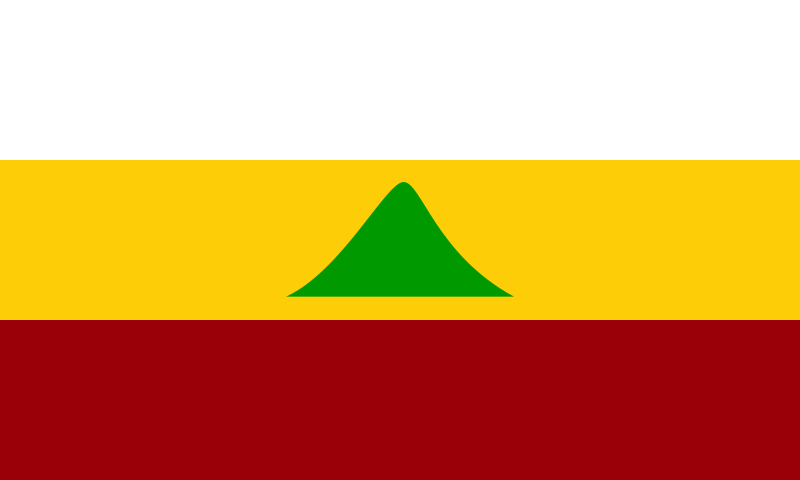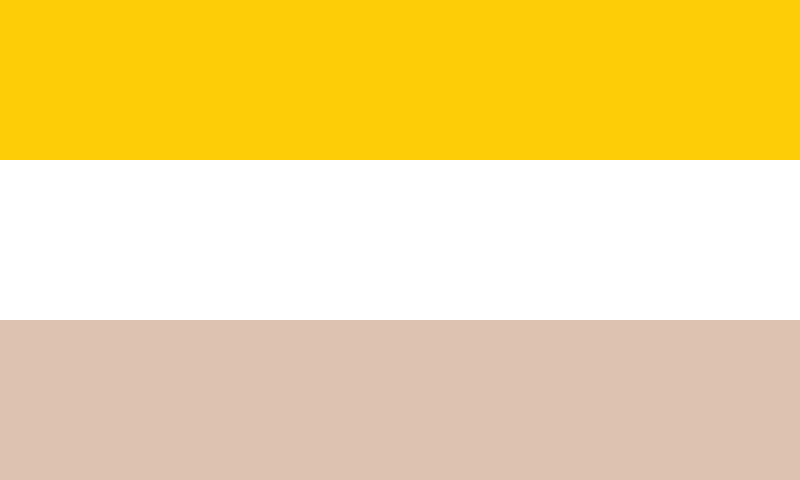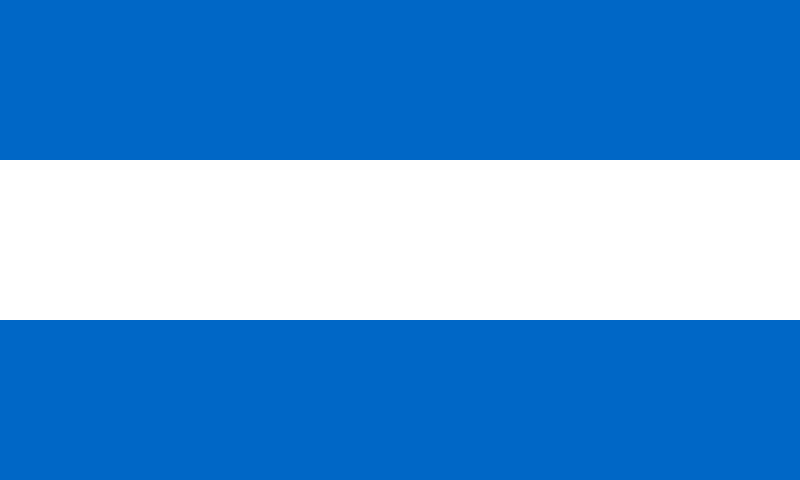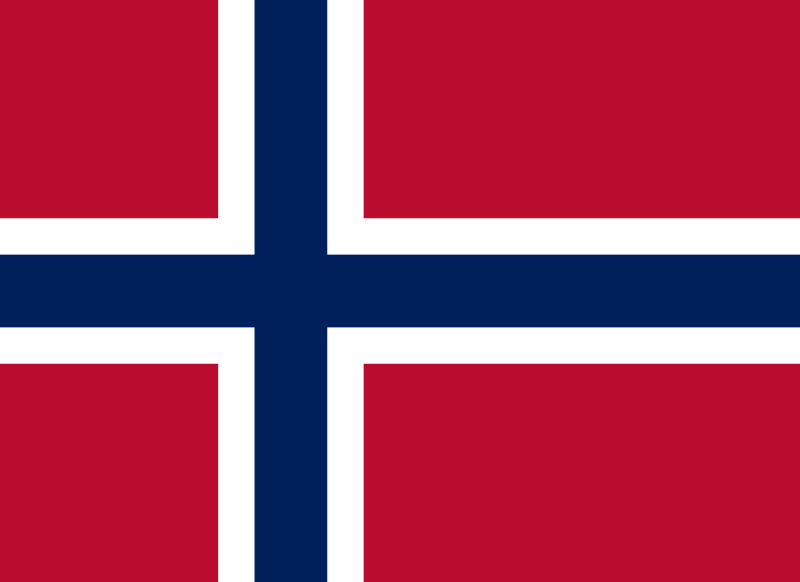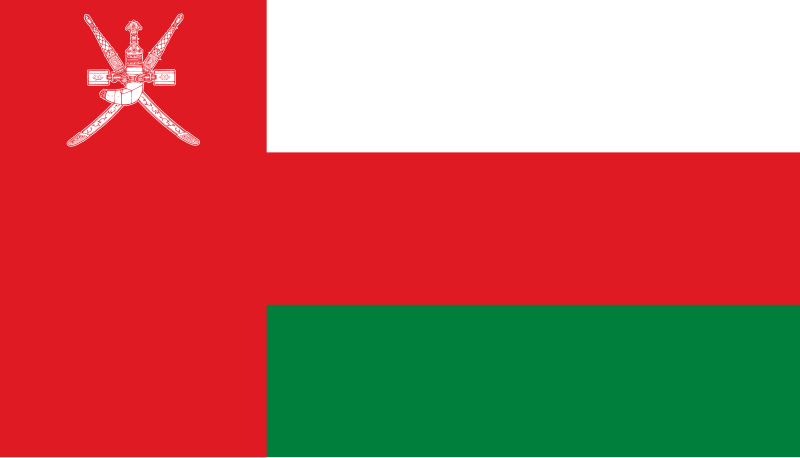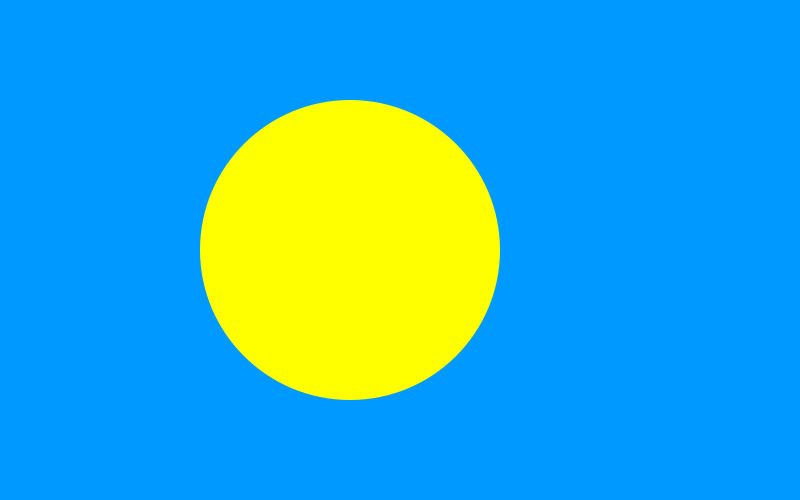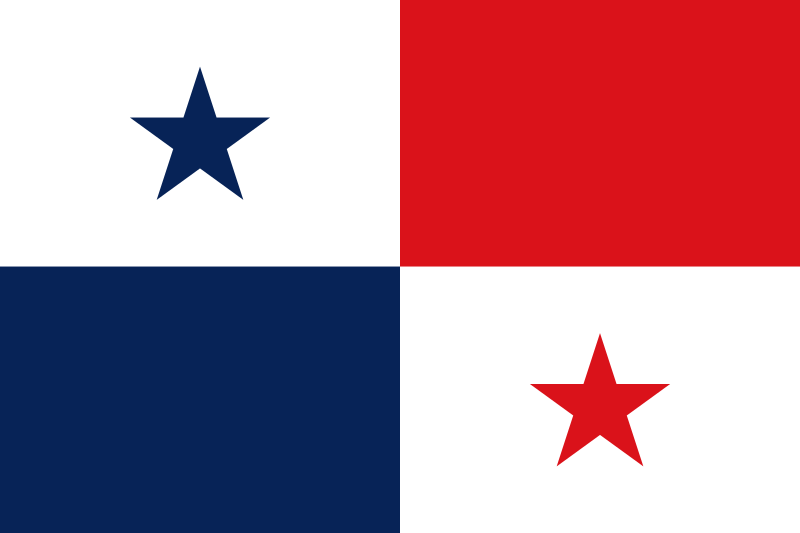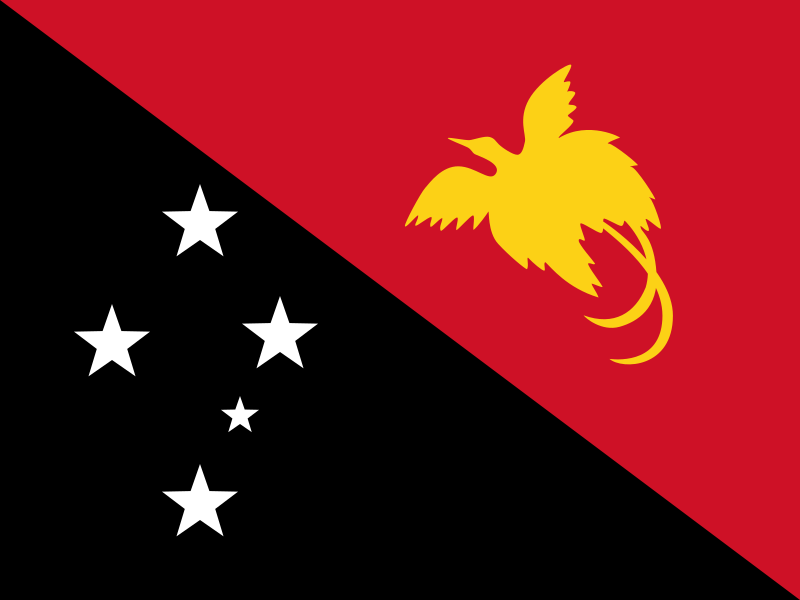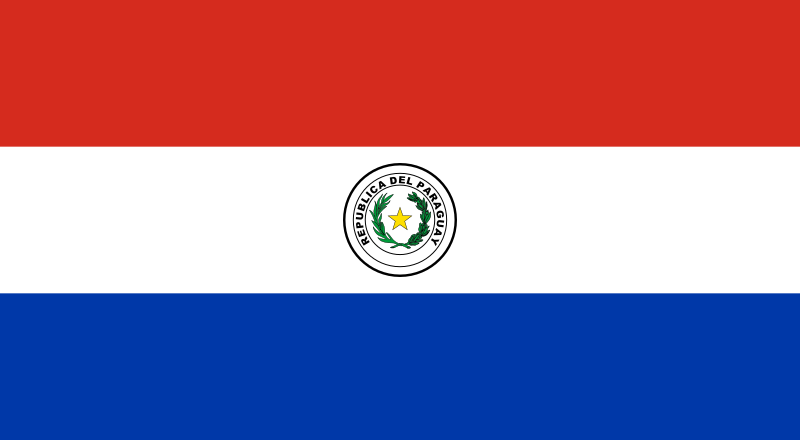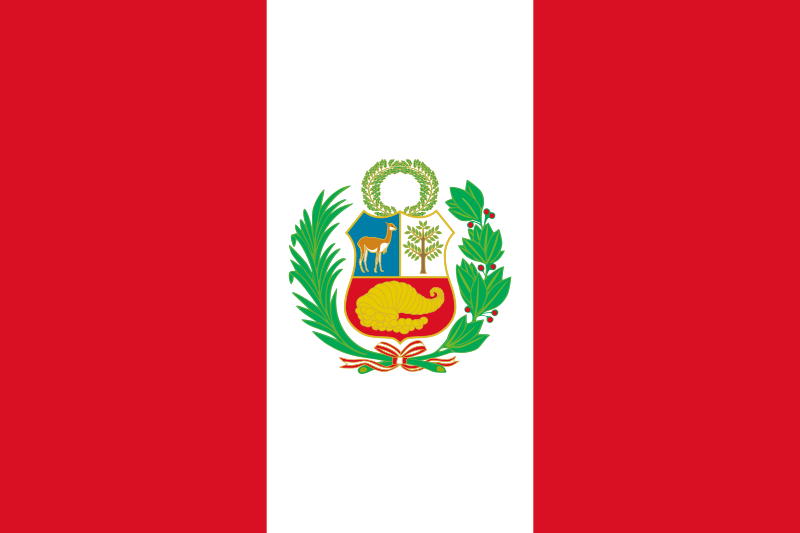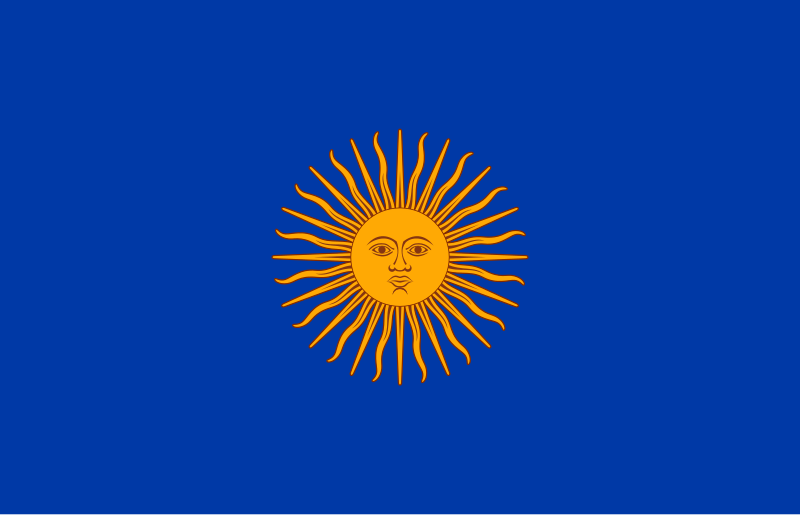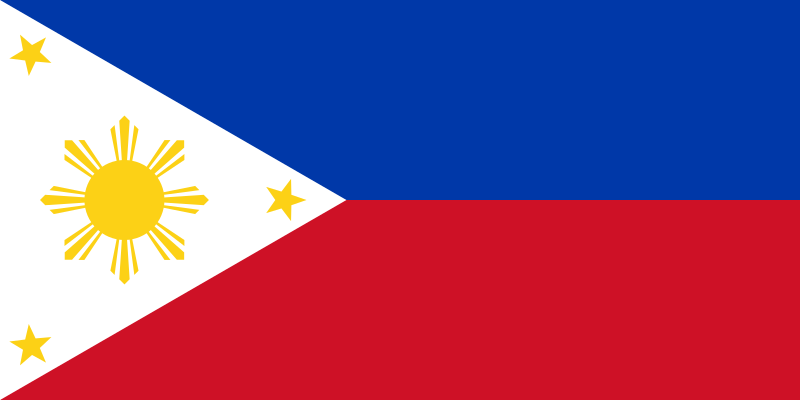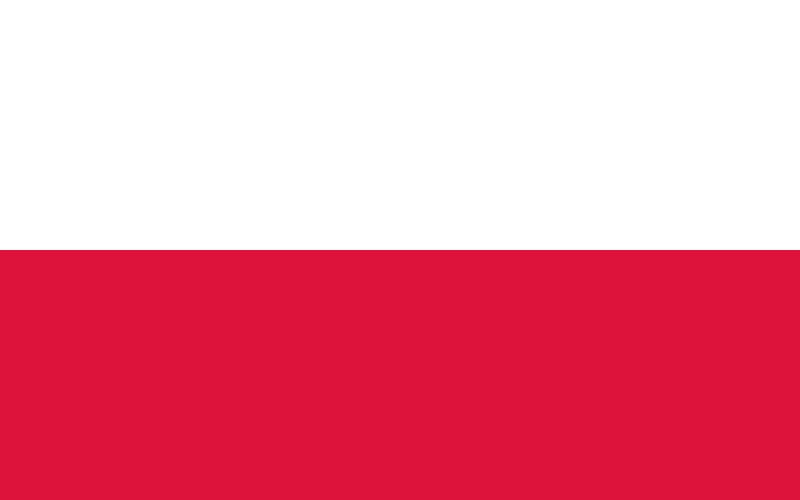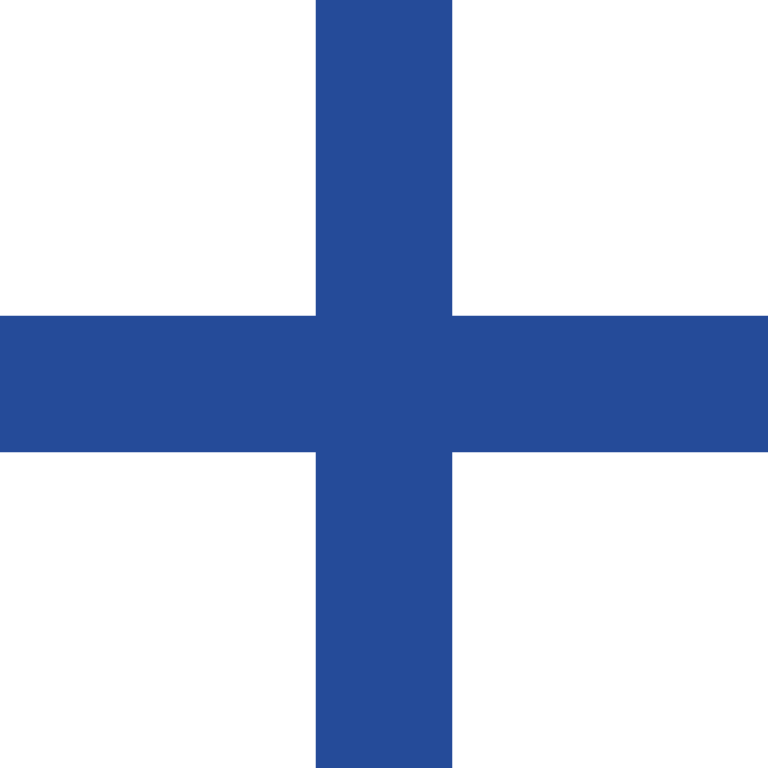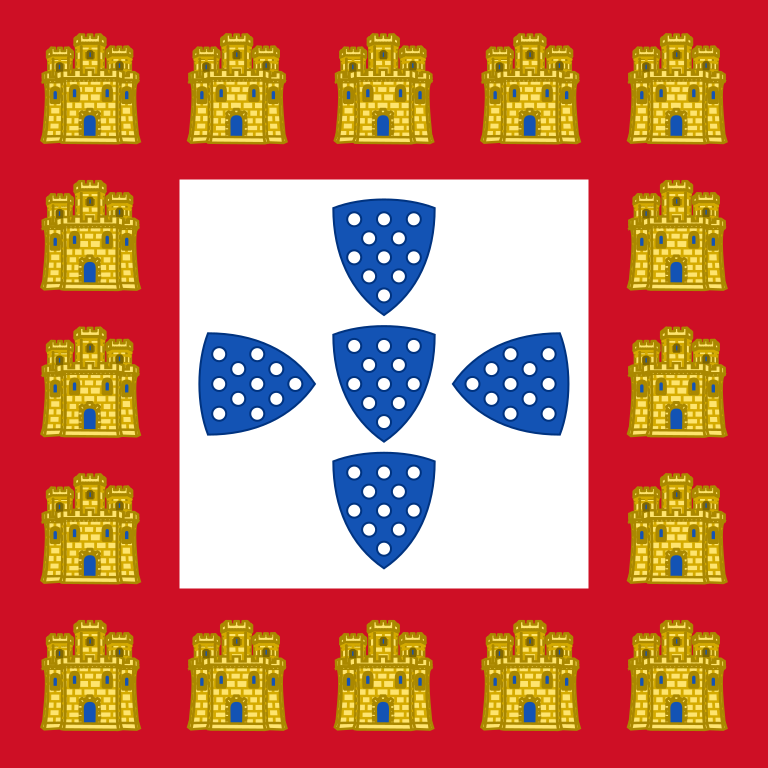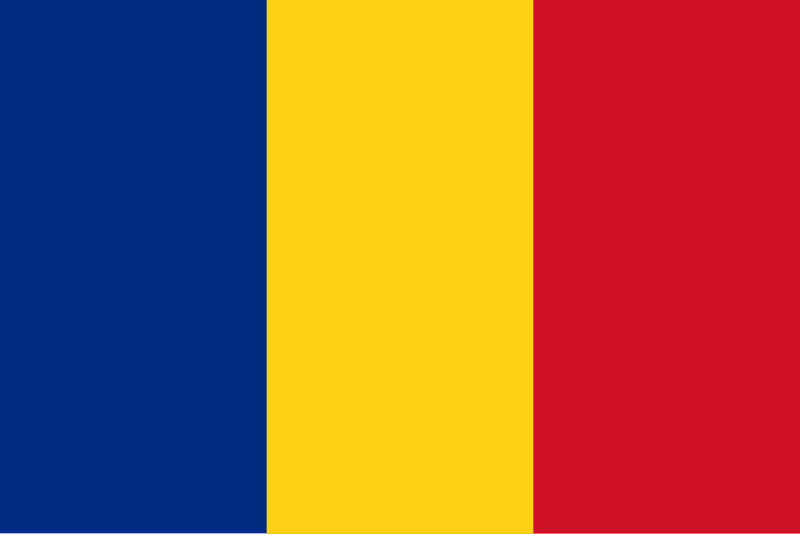- Thread starter
- #226
Flag of Nepal
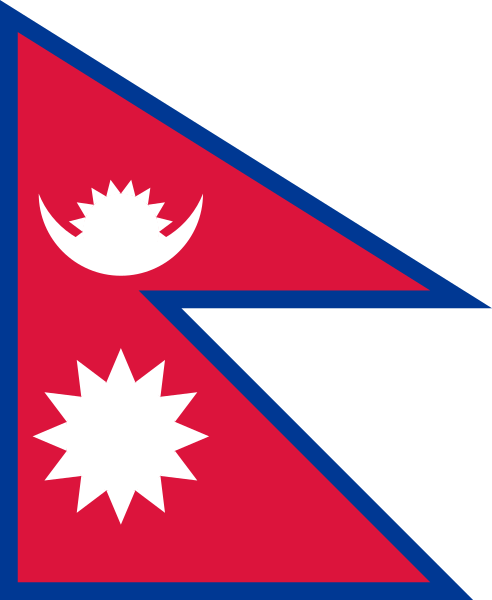
Ratio: You may think this doesn't apply, but it kinda does. Not counting the blue border, the bounding rectangle has a 4:3 ratio. Counting the border, it has a
 ratio.
ratio.
Nepal's flag is the only flag to be taller than it is wide.
Adopted: 18th or 19th century (current version adopted on 16 December 1962).
Part 1
Rule 1: A child may not be able to draw the exact number of points in the sun or moon, but recognizabilty is more important than perfection.
Rule 2: Before the mid-18th century Nepal was multiple small principalities. This changed when Prithvi Narayan Shah, prince of Gorkha, unified Nepal and became king of Nepal. Afterwards, his dynasty began to rule Nepal. The newly unified kingdim would expand into what is now India (and tried to conquer Tibet, but was defeated by China).
From 1814 to 1816 the Anglo-Nepalese War was fought between the British East India Company and Nepal. The Company expected that it would be an easy victory, which led to Nepal beating in the beginning of the war. However, the war ended in a Company victory after they commited more resources to the war. The war would end with the signing of the Treaty of Sugauli, which made Nepal lose one third of its territory.
In 1846 the Rana dynasty became the hereditary prime ministers of Nepal. Afterwards, they would the real power in Nepal, and the kings became figureheads. The Ranas were very pro-British, and helped to put down the 1857 Indian Rebellion, which led to Nepal gaining parts of the Terai region, and its current borders, in 1860. Nepal also fought with the Allies during both world wars.
In 1951 the Nepali Congress led a revolution which ended the rule of the Rana dynasty, gave power back to the king, and made the Prime Minister an elected position. However, in 1960 King Mahendra suspended the constitution, dissolved parliament, and imprisoned the Prime Minister. The Panchayat system, which had no parties, democratic elections for representatives, and a powerful monarch would be established . (Parties would return to Nepal after the People's Movement I, which would also reduce the powers of the king and give Nepal a new constitution.)
Nepal's flag was adopted somewhere in the 18th or 19th century. Previously, the moon and sun had faces, but the 1962 constitution (which also established the Panchayat system) removed them.
The red symbolizes victory in war and is the color of the rhododendron, Nepal's national flower, the blue symbolizes peace (Nepal had a civil war between the government and Maoists from 1996 to 2006, which led to Nepal becoming a republic in 2008), the moon symbolizes calmness and the cool weather of the Himalayas, the sun symbolizes fierce resolve and the heat of the lower part of the country, and the shape of the flag comes from the Himalayas. The sun and moon symbolizes the hope that Nepal will live as long as those celestial objects.
Rule 3: Blue, red, and white. This flag has an unusual shape but very used colors.
Rule 4: The sun and moon are simple.
Rule 5: If all the elements of the flag were removed, the flag would still be distinctive due to its shape.
Part 2
pre-1962
 I prefer the faceless version.
I prefer the faceless version.
Part 3
A nice and distinctive flag. I like it, and I think almost everyone does.
.
By the way, this is how to make the flag of Nepal, according to Nepal's 1990 constitution:

Ratio: You may think this doesn't apply, but it kinda does. Not counting the blue border, the bounding rectangle has a 4:3 ratio. Counting the border, it has a

Nepal's flag is the only flag to be taller than it is wide.
Adopted: 18th or 19th century (current version adopted on 16 December 1962).
Part 1
Rule 1: A child may not be able to draw the exact number of points in the sun or moon, but recognizabilty is more important than perfection.
Rule 2: Before the mid-18th century Nepal was multiple small principalities. This changed when Prithvi Narayan Shah, prince of Gorkha, unified Nepal and became king of Nepal. Afterwards, his dynasty began to rule Nepal. The newly unified kingdim would expand into what is now India (and tried to conquer Tibet, but was defeated by China).
From 1814 to 1816 the Anglo-Nepalese War was fought between the British East India Company and Nepal. The Company expected that it would be an easy victory, which led to Nepal beating in the beginning of the war. However, the war ended in a Company victory after they commited more resources to the war. The war would end with the signing of the Treaty of Sugauli, which made Nepal lose one third of its territory.
In 1846 the Rana dynasty became the hereditary prime ministers of Nepal. Afterwards, they would the real power in Nepal, and the kings became figureheads. The Ranas were very pro-British, and helped to put down the 1857 Indian Rebellion, which led to Nepal gaining parts of the Terai region, and its current borders, in 1860. Nepal also fought with the Allies during both world wars.
In 1951 the Nepali Congress led a revolution which ended the rule of the Rana dynasty, gave power back to the king, and made the Prime Minister an elected position. However, in 1960 King Mahendra suspended the constitution, dissolved parliament, and imprisoned the Prime Minister. The Panchayat system, which had no parties, democratic elections for representatives, and a powerful monarch would be established . (Parties would return to Nepal after the People's Movement I, which would also reduce the powers of the king and give Nepal a new constitution.)
Nepal's flag was adopted somewhere in the 18th or 19th century. Previously, the moon and sun had faces, but the 1962 constitution (which also established the Panchayat system) removed them.
The red symbolizes victory in war and is the color of the rhododendron, Nepal's national flower, the blue symbolizes peace (Nepal had a civil war between the government and Maoists from 1996 to 2006, which led to Nepal becoming a republic in 2008), the moon symbolizes calmness and the cool weather of the Himalayas, the sun symbolizes fierce resolve and the heat of the lower part of the country, and the shape of the flag comes from the Himalayas. The sun and moon symbolizes the hope that Nepal will live as long as those celestial objects.
Rule 3: Blue, red, and white. This flag has an unusual shape but very used colors.
Rule 4: The sun and moon are simple.
Rule 5: If all the elements of the flag were removed, the flag would still be distinctive due to its shape.
Part 2
pre-1962

Part 3
A nice and distinctive flag. I like it, and I think almost everyone does.
.
By the way, this is how to make the flag of Nepal, according to Nepal's 1990 constitution:
Wikipedia said:(A) Method of Making the Shape inside the Border
(1) On the lower portion of a crimson cloth draw a line AB of the required length from left to right.
(2) From A draw a line AC perpendicular to AB making AC equal to AB plus one third AB. From AC mark off D making line AD equal to line AB. Join BD.
(3) From BD mark off E making BE equal to AB.
(4) Touching E draw a line FG, starting from the point F on line AC, parallel to AB to the right hand-side. Mark off FG equal to AB.
(5) Join CG.
(B) Method of Making the Moon
(6) From AB mark off H making AH equal to one-fourth of line AB and starting from H draw a line HI parallel to line AC touching line CG at point I.
(7) Bisect CF at J and draw a line JK parallel to AB touching CG at point K.
(8 ) Let L be the point where lines JK and HI cut one another.
(9) Join JG.
(10) Let M be the point where line JG and HI cut one another.
(11) With centre M and with a distance shortest from M to BD mark off N on the lower portion of line HI.
(12) Touching M and starting from O, a point on AC, draw a line from left to right parallel to AB.
(13) With centre L and radius LN draw a semi-circle on the lower portion and let P and Q be the points where it touches the line OM respectively.
(14) With centre M and radius MQ draw a semi-circle on the lower portion touching P and Q.
(15) With centre N and radius NM draw an arc touching PNQ [sic] at R and S. Join RS. Let T be the point where RS and HI cut one another.
(16) With Centre T and radius TS draw a semi-circle on the upper portion of PNQ touching it at two points.
(17) With centre T and radius TM draw an arc on the upper portion of PNQ touching at two points.
(18) Eight equal and similar triangles of the moon are to be made in the space lying inside the semi-circle of No. (16) and outside the arc of No. (17) of this Schedule.
(C) Method of making the Sun
(19) Bisect line AF at U and draw a line UV parallel to line AB touching line BE at V.
(20) With centre W, the point where HI and UV cut one another and radius MN draw a circle.
(21) With centre W and radius LN draw a circle
(22) Twelve equal and similar triangles of the sun are to be made in the space enclosed by the circles of No. (20) and of No. (21) with the two apexes of two triangles touching line HI.
(D) Method of Making the Border
(23) The width of the border will be equal to the width TN. This will be of deep blue colour and will be provided on all the sides of the flag. However, on the five angles of the flag the external angles will be equal to the internal angles.
(24) The above mentioned border will be provided if the flag is to be used with a rope. On the other hand, if it is to be hoisted on a pole, the hole on the border on the side AC can be extended according to requirements.
Explanation: The lines HI, RS, FE, ED, JG, OQ, JK and UV are imaginary. Similarly, the external and internal circles of the sun and the other arcs except the crescent moon are also imaginary. These are not shown on the flag.

